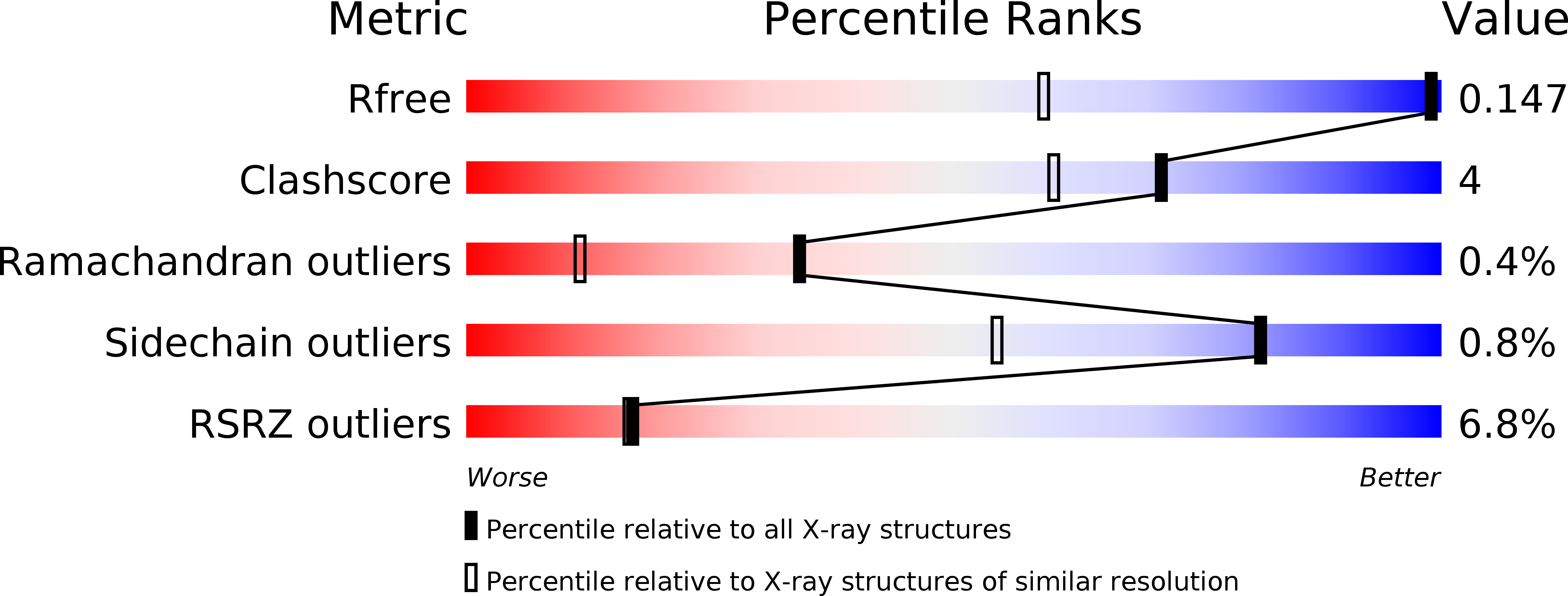
Deposition Date
2012-06-13
Release Date
2012-06-27
Last Version Date
2023-12-20
Entry Detail
PDB ID:
4AXO
Keywords:
Title:
Structure of the Clostridium difficile EutQ protein
Biological Source:
Source Organism:
CLOSTRIDIUM DIFFICILE (Taxon ID: 272563)
Host Organism:
Method Details:
Experimental Method:
Resolution:
1.00 Å
R-Value Free:
0.14
R-Value Work:
0.13
R-Value Observed:
0.13
Space Group:
C 1 2 1


